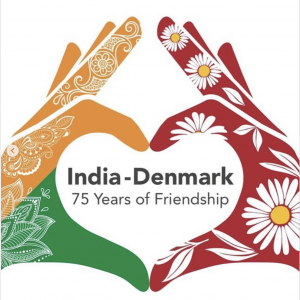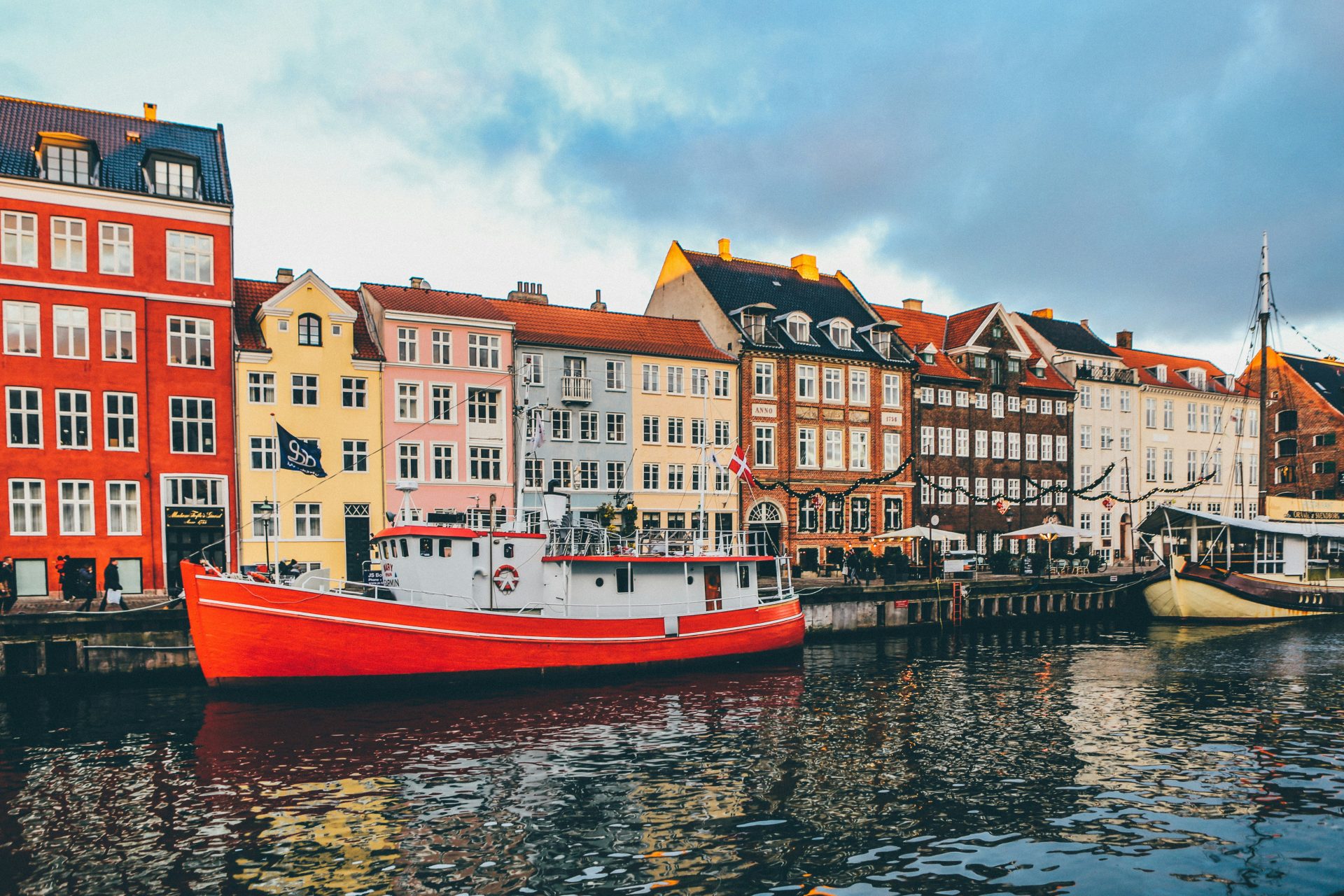Cholas to Vikings: How India and Denmark Are Shaping a Green Maritime Future
India and Denmark, heirs to rich maritime traditions from the Chola fleets in Southeast Asia to the Viking longships of the North Atlantic, are now shaping a forward-looking partnership focused on sustainability. These seafaring legacies reflect a shared strategic mindset that is helping reimagine global shipping, supply chain resilience, and ocean governance.
India’s maritime story, spanning ancient trade to the navigators who guided Vasco da Gama, highlights deep indigenous expertise. Today, vessels like the INSV Kaundinya, built using traditional sewn-plank techniques, carry this heritage forward. As the world faces pandemic shocks, geopolitical instability, and climate disruption, India and Denmark are charting a new course. Their collaboration in clean technologies, maritime innovation, and digital logistics offers a scalable model for climate-resilient maritime trade that aligns economic ambition with environmental responsibility.
Climate and Maritime Diplomacy Converge
As the climate crisis reshapes global diplomacy, India and Denmark stand at the forefront of climate leadership. Denmark’s Climate Minister Lars Aagaard has been appointed as the European Union’s chief negotiator for COP30 in Brazil. Meanwhile, India continues to lead the International Solar Alliance, the world’s largest coalition of solar-rich countries, while advocating for the Global South in advancing climate equity.
This reflects a rare alignment of vision and influence, with the North and South converging at the intersection of climate action and maritime strategy. Together, India and Denmark can transform this alignment into concrete initiatives: green port infrastructure, clean shipping corridors, digitized maritime trade, and joint innovation in renewable-powered logistics. As climate diplomacy becomes increasingly linked with trade and security, this partnership demonstrates how middle powers can lead with purpose.
Denmark’s Maritime Edge and India’s Scale
Denmark is home to Maersk, the world’s largest container shipping company and a global pioneer in green maritime technology. The country leads efforts with methanol-powered vessels, electrified ports, and circular economy initiatives. Danish ports set the standard for digitalization, sustainability, and seamless global connectivity.
India, with its vast 7,500-kilometer coastline and over 200 ports, has launched ambitious programs such as Sagarmala and Maritime India Vision 2030 to modernize port infrastructure, increase cargo throughput, and reduce carbon emissions. The Harit Sagar Guidelines further demonstrate India’s commitment to greener maritime operations.
These complementary strengths position India and Denmark to pioneer a new era of maritime cooperation. Denmark contributes cutting-edge maritime research, clean fuels expertise, and precision logistics. India brings unmatched scale, a vast coastal economy, and strategic geographic location connecting the Indo-Pacific with the Middle East and Africa.

Beyond Bilateralism: A Template for the World
The India-Denmark collaboration promises impact far beyond bilateral ties. By launching joint lighthouse projects—such as a solar-powered smart port in southern India incorporating Danish expertise or a green shipping corridor linking the Baltic Sea with the Bay of Bengal—they can establish a global benchmark for sustainable maritime cooperation.
Digitalization lies at the core of this partnership. India’s globally recognized digital public infrastructure, including Aadhaar, UPI, and advanced logistics tracking systems, can create real-time digital twins of shipping lanes, customs processes, and port operations. Combined with Denmark’s sensors, green fuel technologies, and smart maritime automation, these digital corridors could transform environmental efficiency across oceans.
This synergy draws on complementary strengths: India’s unparalleled software capabilities and scale, alongside Denmark’s hardware precision and maritime innovation.
Strategic Depth Behind a Green Maritime Vision
Beyond sustainability, the India–Denmark maritime partnership has growing strategic relevance. As Arctic routes open, Denmark’s geopolitical role is rising through its ties to Greenland. Meanwhile, India is expanding its Indo-Pacific footprint via naval diplomacy, ports, and logistics hubs.
Denmark’s NATO-linked naval assets could support humanitarian efforts and multilateral coordination, including with the Quad, if politically supported. These represent opportunities for crisis cooperation in both the Indo-Pacific and Arctic.
Together, both nations demonstrate that climate leadership and strategic influence increasingly go hand in hand. Those leading in green maritime innovation will help define the future ocean order.
Workforce for the Green Ocean Economy
A sustainable maritime future requires a new generation of professionals—green fuel engineers, maritime AI specialists, and resilient port planners. India and Denmark are well positioned to co-develop this talent.
India brings unmatched digital capability, having built transformative platforms like UPI and Aadhaar. Its skilled workforce powers global innovation at scale. Denmark adds strength in vocational training, green tech pilots, and regulatory design.
In February 2024, the two countries signed a Migration and Mobility Partnership Agreement, allowing Indian professionals to contribute across sectors in Denmark, including clean energy, healthcare, and IT. Joint efforts in skills training, certification, academic exchange, and maritime R&D can accelerate climate-smart capacity building. This partnership shapes future-ready industries beyond mere labor mobility.
Together, India and Denmark can offer exportable models of green workforce development to regions like Africa, Southeast Asia, and Latin America.
Reimagining North-South Collaboration
The India-Denmark partnership marks a departure from the typical donor-recipient model in North-South relations. Both countries bring valuable strengths: India offers vast market depth, scale, and frugal innovation, while Denmark provides advanced technology, climate finance expertise, and consistent policies.
This exchange demonstrates how climate action and trade diplomacy can be integrated and how green industrial policies can extend beyond borders. It suggests a new model of international cooperation based on trust and shared capabilities.
Key Milestones Shaping the Maritime Order
- 2020: Launch of the Green Strategic Partnership
- 2021: Momentum in India’s Maritime Vision 2030 and Denmark’s shipping decarbonization pilots
- 2022: Focus on maritime and digital cooperation by the Bilateral Joint Commission
- 2023: Signing of the Workforce Mobility Agreement enabling skilled Indian workers in Denmark
- 2024: Denmark leads EU negotiations at COP30; India strengthens International Solar Alliance leadership
- 2025: Planned announcements around joint green port and shipping projects ahead of COP30
With COP30 approaching, the world seeks action and credible narratives. The story of the Cholas and Vikings, now seen through green hydrogen and solar-powered logistics, offers a future-oriented vision grounded in history.
Route Ahead: From Maritime Legacy to Modern Partnership
India and Denmark, two historic seafaring nations, are now poised to lead with sustainability, resilience, and innovation. In a time of global uncertainty, this partnership can guide progress toward cleaner oceans, faster innovation, and fairer trade. By combining India’s enduring wisdom with Denmark’s maritime expertise, they have the potential to set a global standard for a green maritime order.
Article by Amandeep Midha, Alumnus at Raisina House Foreign Policy School



